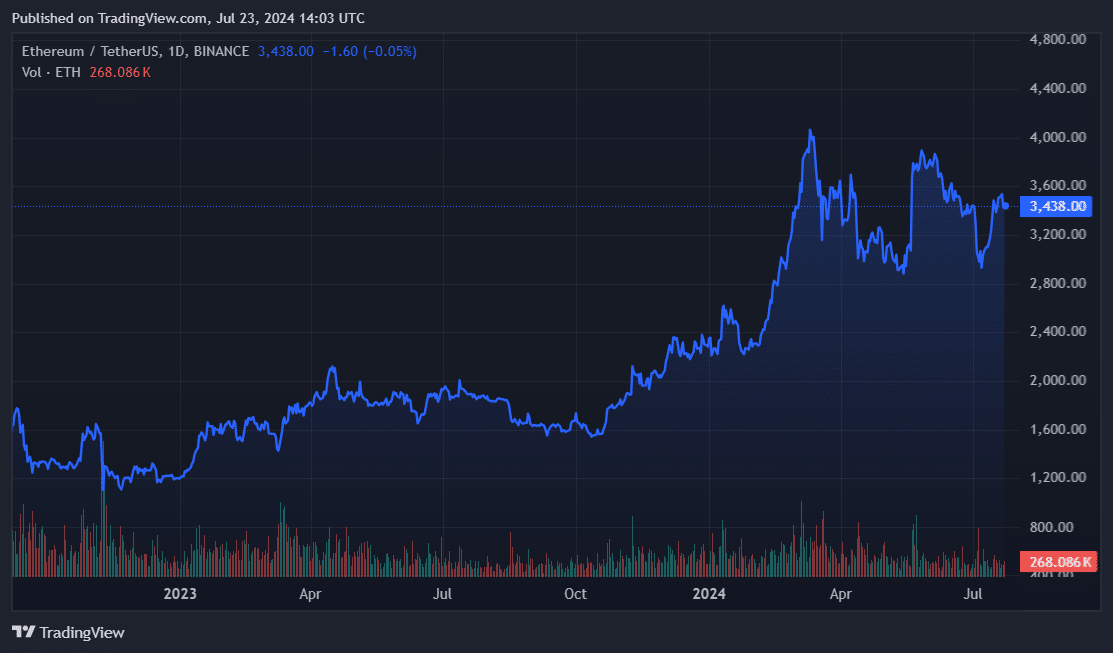Alluvial CEO: Ethereum ETF inflows could surpass $20b

Investors’ eyes are fixed on spot Ethereum ETFs and how products could perform in the opening months after Bitcoin funds were hugely successful.
On Tuesday, the first nine U.S. spot Ethereum (ETH) ETFs opened for trading on national exchanges following the Securities and Exchange Commission’s (SEC) final greenlight. Wall Street players and retail investors can now access exposure to crypto’s second-largest decentralized token, ETH, via a regulated institutional wrapper.
According to Bloomberg’s James Seyffart, the funds debuted with nearly $10.3 billion in assets under management (AUM). Most of that money is domiciled in two Grayscale products, one of which is the long-standing Grayscale Ethereum Trust (ETHE).
As titans like BlackRock, Fidelity, and VanEck jockey for dominance in the spot ETH ETF market, Alluvial CEO and co-founder Mara Schmiedt told crypto.news to anticipate over “$20 billion in the initial months post-launch”.
Capital flocking into spot Ethereum products will also likely catapult ETH’s price well above its previous peak of $4,878. As of writing, Ether changed hands for $3,400, about 28% below its all-time high (ATH).
Schmiedt stated, “With roughly 38% of the current ETH supply locked in staking, bridges, and DeFi, and another 10% sitting on retail exchanges, ETF-driven ETH inflows could have a significant upward price impact.”

Alluvial’s CEO predicted that the forthcoming supply shock caused by Ether ETF buying, coupled with spot Bitcoin (BTC) ETF success and growing demand for cryptocurrencies, paints a stronger bull thesis for the rest of this cycle.
Staking was noticeably absent from trading spot Ethereum ETFs, but Schmiedt believes the development may present opportunities rather than problems.
“An interesting and important difference between BTC and ETH is that staking on Ethereum introduces a native rate of return, currently around 3.3%, that may prove compelling to investors seeking fixed income-like alternatives to equities, enabling portfolio diversification and inflation hedging,” Schmiedt explained to crypto.news in a private note.















